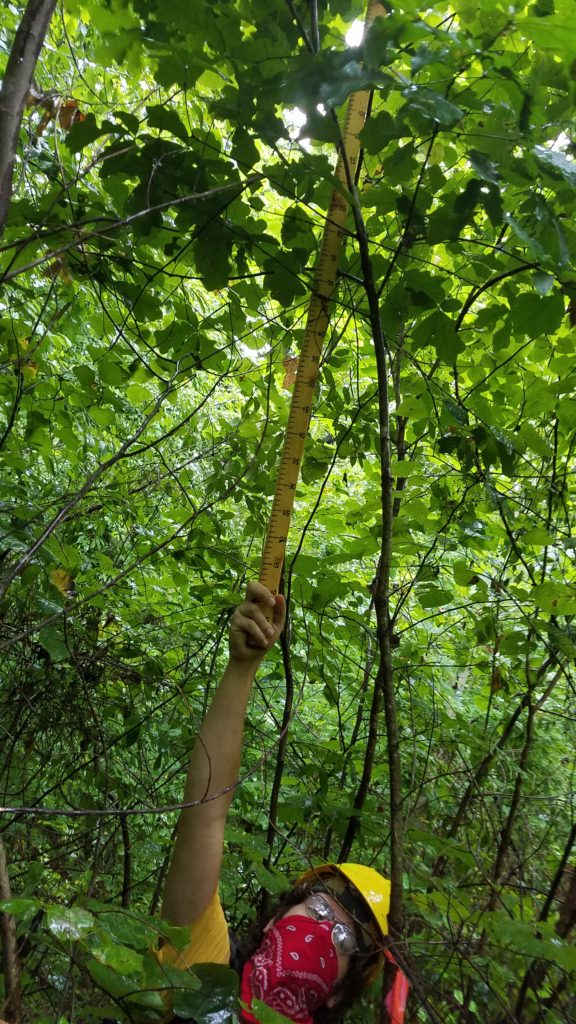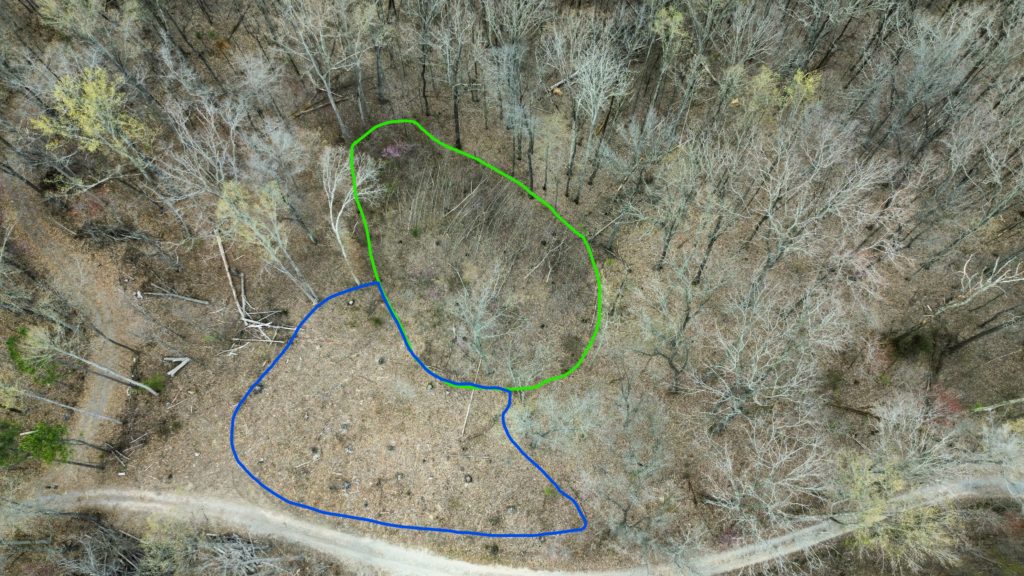


White oak (Quercus alba) is an important tree species in the eastern United States. It is highly valued for its wood, which is used for flooring and to make barrel staves for the billion-dollar distilling industry. Wildlife species, such as black bear (Ursus americanus), blue jays (Cyanocitta cristata), and turkeys (Meleagris gallopavo), consume the highly palatable and energy-packed acorns. Insects thrive in white oak branches, and soil microorganisms benefit from the root systems.
Unfortunately, the frequency of white oak is declining across the landscape due to the lack of advance (i.e., large) oak regeneration. When mature white oak trees are harvested or eliminated by disturbances such as a tornado, they are often replaced by faster growing species such as tulip poplar (Liriodendron tulipifera).
In 2012, the University of Tennessee’s Tree Improvement Program partnered with the USDA Forest Service’s Southern Research Station to establish a study examining how naturally growing white oaks and planted white oaks survive and thrive in different light environments. Two harvest treatments are being studied: 1) Canopy gaps (~0.5 acres in size) that are being expanded over time, and 2) ‘shelterwood’ areas (~5 acres) where a few overstory trees remain. Researchers are also testing the effects of herbicide to control competition. White oak seedlings, both planted and natural, have better survival and growth in the shelterwood areas compared to the gap centers, but herbicide control did not improve oak regeneration. The edges of gaps may provide an important light environment for future oak seedling recruitment. This study confirms that responsible forest management can be used to better sustain an important tree species for future generations.
For more information: Please contact Dr. Stacy Clark, Research Forester with the USDA Forest Service. stacy.l.clark@usda.gov
